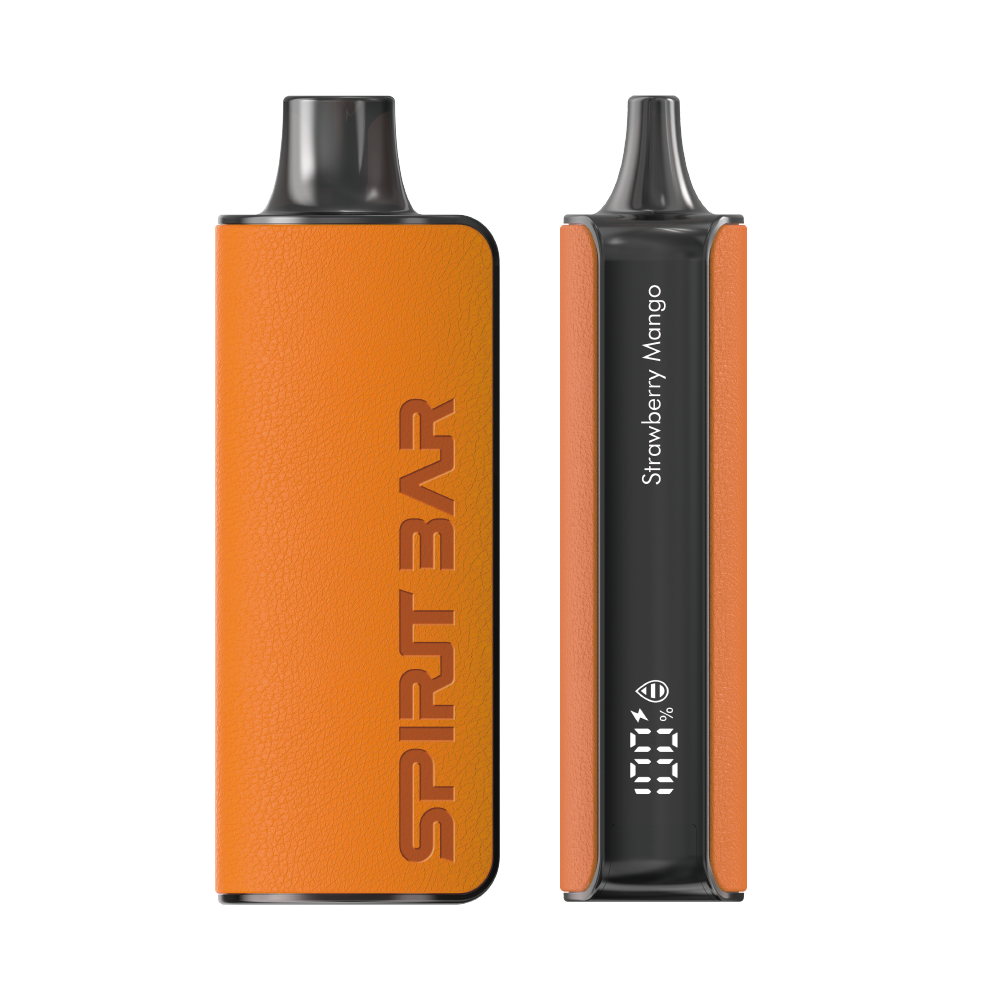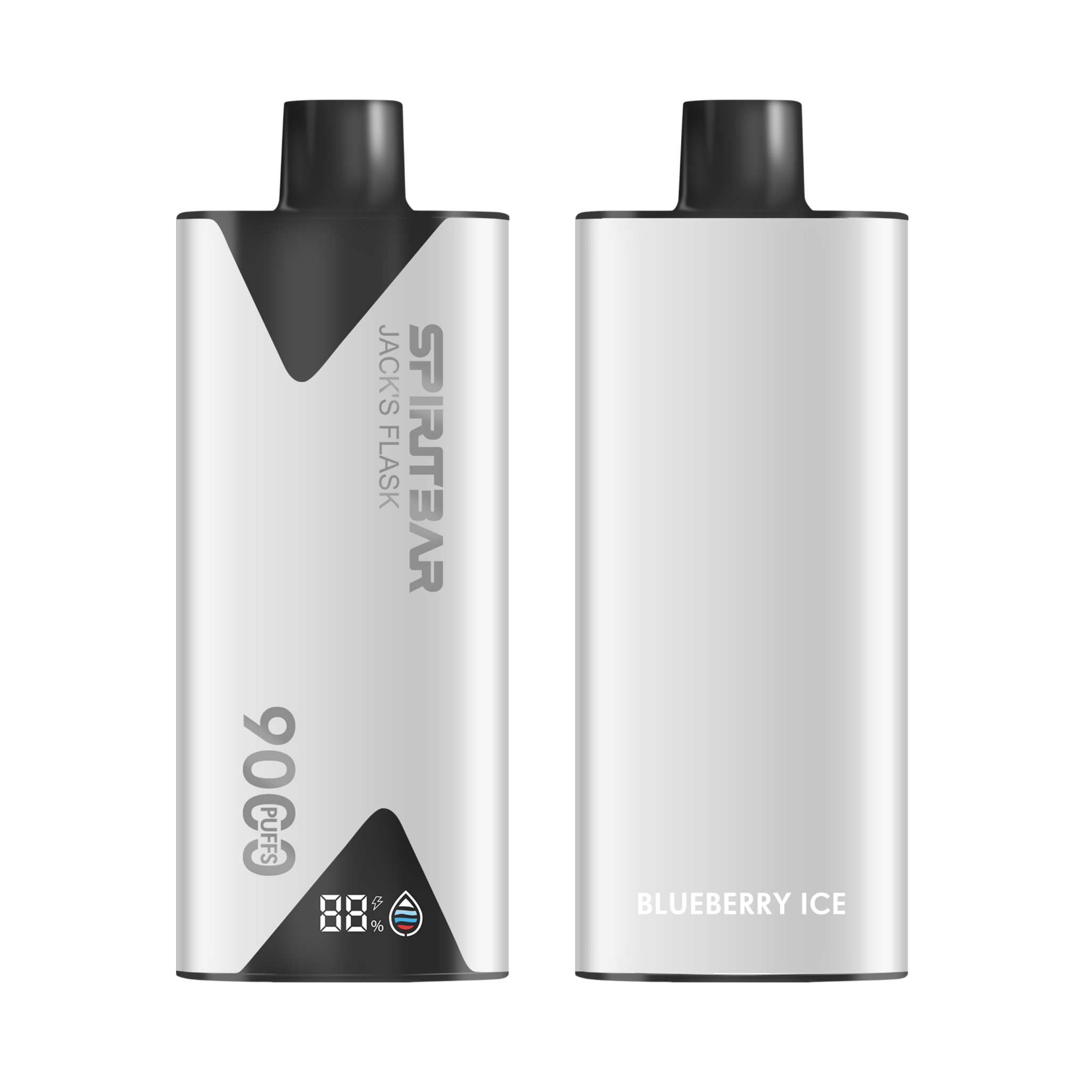Vaping on Planes: Up in Smoke for Good Reason
So, you’re wondering why you can’t vape on a plane? Well, it’s not just because the airlines want to ruin your fun. In fact, there are some very good reasons why vaping is not allowed on planes.
First of all, vaping devices contain lithium batteries, which can pose a fire risk. The Federal Aviation Administration (FAA) has classified electronic smoking devices as hazardous materials when transported on aircraft. This means that they are not allowed in checked baggage and can only be carried in your carry-on luggage. Additionally, passengers are required to take effective measures for preventing accidental activation of the heating element of the device when transporting the devices.
Another reason why vaping is not allowed on planes is that it can be a nuisance to other passengers. The vapor produced by e-cigarettes can be irritating to some people and can even trigger asthma attacks in others. Additionally, many airlines have banned smoking on their flights for many years, and vaping is simply an extension of this ban. So, if you’re a vaper, it’s best to leave your device at home or in your carry-on bag, and wait until you’re on the ground to indulge in your habit.
The Cloudy History of Vaping
https://www.youtube.com/watch?v=K6MA1sRq62s&embed=true
You might think vaping is a relatively new phenomenon, but it has actually been around for decades. The first electronic cigarette was patented in the 1960s, but it wasn’t until the early 2000s that vaping really took off.
Initially marketed as a safer alternative to smoking, vaping quickly gained popularity among smokers looking to quit. However, it didn’t take long for concerns to arise about the safety of e-cigarettes and the potential health risks associated with vaping.
In recent years, the use of e-cigarettes has become increasingly controversial, with many governments around the world banning their use in public places, including on airplanes. The reason for this is simple: vaping poses a serious risk to the safety of passengers and crew.
This disposable vape captures the daring spirit of the high seas with its flask styling and signature pirate e-juice flavors. The extraordinary battery life provides 9000 indulgent puffs for extended vaping pleasure. Live boldly and freely with the Jack's Flask - a legendary vaping experience fit for a pirate's adventures.
When you vape, you exhale a cloud of vapor that can contain harmful chemicals and particles, such as nicotine, formaldehyde, and heavy metals. This can not only be irritating to other passengers, but it can also pose a fire risk, as e-cigarettes contain lithium-ion batteries that can explode if damaged or overheated.
In short, while vaping may be a popular alternative to smoking, it is simply not safe to use on airplanes. So, if you’re a vaper, be sure to leave your e-cigarette at home when you travel, or risk facing hefty fines and even being banned from future flights.
Why Planes Don’t Like Puffy Clouds
If you’re a vaper, you might be wondering why you can’t indulge in your habit during a long flight. After all, it’s not like you’re smoking a cigarette, right? Well, there are a few reasons why vaping is not allowed on planes. Let’s take a look at them.
Flight Safety First
First and foremost, airlines are all about safety. They have to be, considering how many people are hurtling through the air at any given moment. That’s why they have strict rules in place about what passengers can and can’t do on board. Vaping falls under the “can’t” category, for a few reasons.
Fire Hazard Alert
For one thing, vaping devices can be a fire hazard. E-cigarettes and other vaping devices work by heating up a liquid to produce a vapor for inhalation. This process involves a heating element and a battery. If these devices malfunction or overheat, they can pose a serious fire risk. That’s why the FAA has classified e-cigarettes and other vaping devices as hazardous materials when transported on aircraft.
So, if you’re thinking of sneaking a quick puff in the airplane bathroom, think again. Not only is it against the rules, but it’s also dangerous. You don’t want to be the one responsible for setting the plane on fire, do you?
In conclusion, while it might be frustrating for vapers to have to abstain from their habit during a flight, it’s important to remember that safety comes first. So, sit back, relax, and enjoy the flight without your trusty vape by your side.
Air Quality Matters
https://www.youtube.com/watch?v=26AiH-0-s94&embed=true
This disposable vape captures the daring spirit of the high seas with its flask styling and signature pirate e-juice flavors. The extraordinary battery life provides 9000 indulgent puffs for extended vaping pleasure. Live boldly and freely with the Jack's Flask - a legendary vaping experience fit for a pirate's adventures.
When it comes to air travel, air quality is a big deal. After all, you’re going to be breathing the same air as everyone else on the plane for the duration of your flight. That’s why airlines go to great lengths to ensure that the air inside the cabin is as clean and fresh as possible.
Passenger Comfort
One of the main reasons why vaping is not allowed on planes is because it can affect passenger comfort. The smell of vapor can be unpleasant for some people, and it can even trigger allergies or asthma in others. Plus, no one wants to be stuck next to a cloud of vapor for hours on end.
Cabin Pressure and Vapor
Another reason why vaping is not allowed on planes has to do with cabin pressure. At cruising altitude, the air pressure inside the cabin is much lower than it is at sea level. This can cause the vapor from e-cigarettes to expand and fill the cabin, potentially affecting the air quality for everyone on board.
In addition, the lithium batteries in e-cigarettes can pose a fire risk, which is why they are not allowed in checked baggage. If a lithium battery were to catch fire inside the cabin, it could be catastrophic.
So, while it may be tempting to sneak a quick vape on your next flight, it’s really not worth the risk. Stick to chewing gum or using nicotine patches if you need to get your fix, and leave the vaping for when you’re back on the ground.
Legal Hurdles
So, you’re wondering why you can’t vape on a plane? Well, there are a few legal hurdles that make it a big no-no. Let’s explore them.
International Laws and Vaping
First off, there are international laws that prohibit smoking on flights. This includes vaping. The International Civil Aviation Organization (ICAO) has banned smoking on all international flights since 1996. This ban includes electronic cigarettes and vaping devices.
In addition, many countries have their own laws prohibiting the use of e-cigarettes and vaping on planes. For example, the United Kingdom banned the use of e-cigarettes on all flights in 2016. So, if you’re traveling internationally, it’s best to leave your vaping device at home.
Airline Policies
Even if you’re flying domestically, you still can’t vape on a plane. This is because airlines have their own policies prohibiting the use of e-cigarettes and vaping devices on flights.
For example, Delta Air Lines prohibits the use of e-cigarettes and vaping devices on all flights. United Airlines also has a similar policy. In fact, most major airlines have banned the use of e-cigarettes and vaping devices on their flights.
But why do airlines have these policies? Well, for one, it’s a safety issue. E-cigarettes and vaping devices pose a fire risk because they contain lithium batteries. In addition, the vapor produced by these devices can be a nuisance to other passengers.
So, if you’re a vaper, it’s best to leave your device at home when you travel. It’s not worth the risk of getting fined or causing a disturbance on your flight.
The Great Vape Debate
Ah, the great vape debate. Are e-cigarettes saving smokers or creating new addicts? Let’s dive in and explore the arguments.
Vapers Vs Non-Vapers
Vapers will tell you that vaping is harmless, that it’s just water vapor, and that it doesn’t smell. Non-vapers will tell you that vaping is annoying, that the clouds of vapor are obnoxious, and that it’s just as bad as smoking.
So who’s right? Well, the truth is somewhere in the middle. Vaping is not harmless, but it’s also not as bad as smoking. While vaping does produce a vapor, it’s not just water. It contains chemicals and other substances that can be harmful to your health.
Is Secondhand Vapor a Thing?
Another argument in the great vape debate is whether or not secondhand vapor is a thing. Vapers will tell you that it’s not, that the vapor dissipates quickly and doesn’t linger. Non-vapers will tell you that it is, that they can smell it and that it’s just as bad as secondhand smoke.
Again, the truth is somewhere in the middle. While secondhand vapor is not as bad as secondhand smoke, it’s still not good for you. The chemicals and other substances in the vapor can be harmful, especially if you’re exposed to them over a long period of time.
So, what’s the verdict? Well, it’s up to you to decide. If you’re a vaper, be considerate of those around you and try to keep your clouds to yourself. If you’re a non-vaper, try to be understanding and remember that vaping is still a relatively new phenomenon. We’re still learning about its long-term effects on health and the environment.

